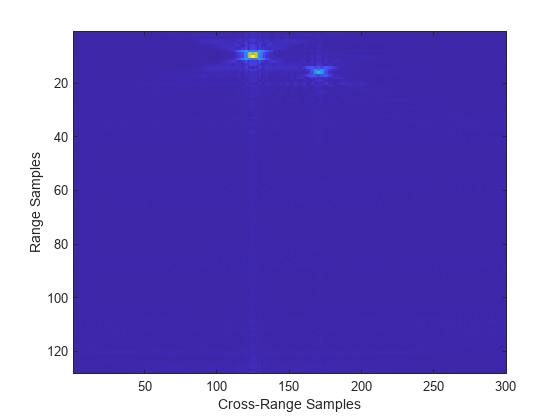rangeMigrationSFM
Syntax
Description
Examples
Input Arguments
Name-Value Arguments
Output Arguments
References
[1] Cumming, Ian G., and Frank Hay-chee Wong. Digital Processing of Synthetic Aperture Radar Data: Algorithms and Implementation. Artech House Remote Sensing Library. Boston: Artech House, 2005.
[2] Tolman, Matthew A. "A Detailed Look at the Omega-k Algorithm for Processing Synthetic Aperture Radar Data.". MS thesis, Brigham Young University, 2008.
Extended Capabilities
Version History
Introduced in R2022a
See Also
phased.SteppedFMWaveform | rangeMigrationFMCW | rangeMigrationLFM
Topics
- Stripmap Synthetic Aperture Radar (SAR) Image Formation (Radar Toolbox)
- Squinted Spotlight Synthetic Aperture Radar (SAR) Image Formation (Radar Toolbox)
- Synthetic Aperture Radar System Simulation and Image Formation (Radar Toolbox)
